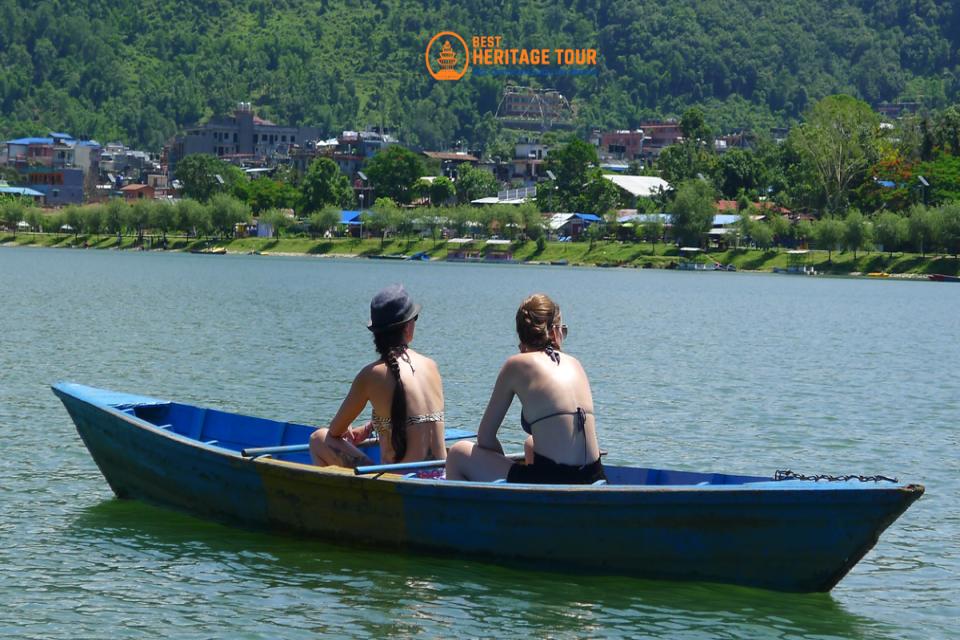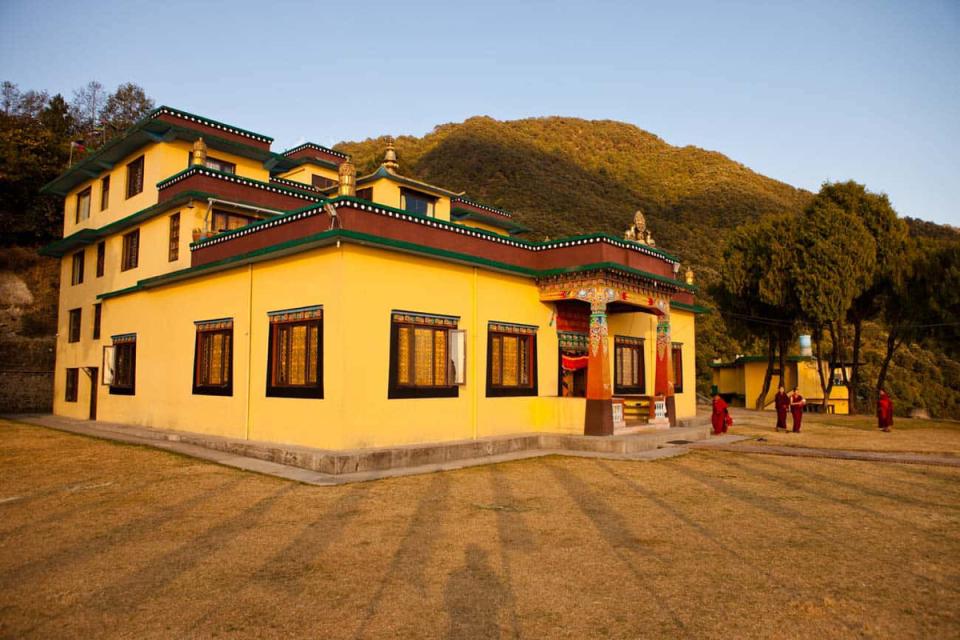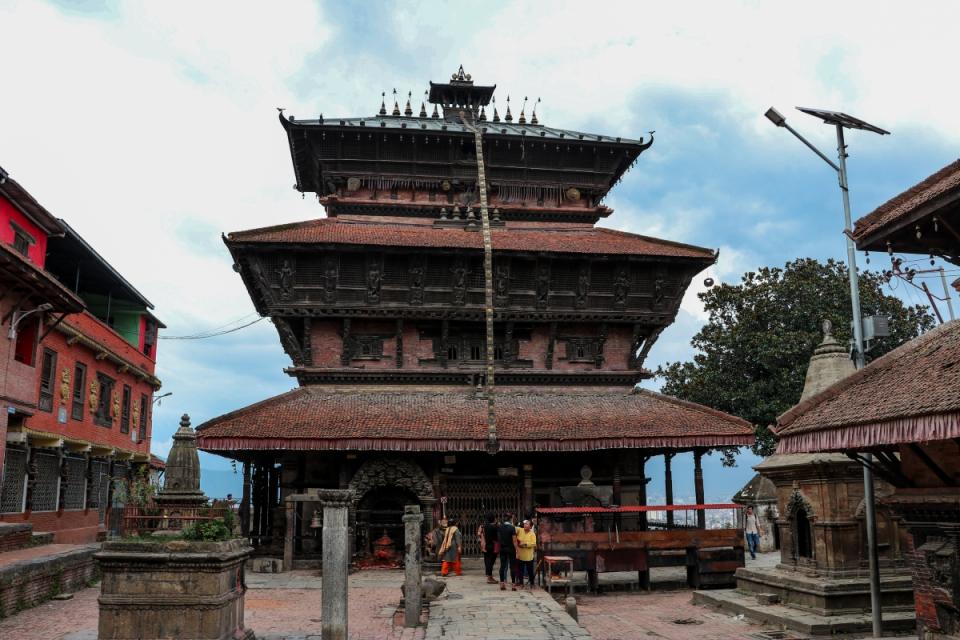Nestled in the heart of Nepal, the Kathmandu Valley is a vibrant tapestry of history, spirituality, and artistry. This UNESCO World Heritage Site is renowned for its rich cultural heritage, which is a blend of ancient traditions, diverse ethnicities, and architectural marvels. As one of the most significant cultural hubs in South Asia, the valley offers a unique glimpse into the past and present of Nepalese society. In this blog, we will explore the key elements that define the cultural heritage of the Kathmandu Valley.
A Historical Overview
The Kathmandu Valley has been inhabited for thousands of years, with archaeological evidence suggesting human settlement dating back to the Neolithic period. The valley has served as a crossroads for various civilizations, including the Licchavis, Malla kings, and Shah dynasty, each contributing to its rich cultural fabric. The influence of Hinduism and Buddhism is particularly prominent, as both religions coexist harmoniously, shaping the valley's customs, festivals, and daily life.
Architectural Marvels
One of the most striking features of the Kathmandu Valley is its stunning architecture. The valley is home to seven UNESCO World Heritage Sites, each showcasing unique styles and historical significance:
1. Kathmandu Durbar Square: Once the royal palace of the Malla kings, this square is a masterpiece of traditional Newari architecture, adorned with intricately carved wooden windows and stunning pagoda-style temples.
2. Patan Durbar Square: Known for its artistic heritage, Patan is famous for its bronze sculptures and the stunning Krishna Mandir, a temple dedicated to Lord Krishna.
3. Bhaktapur Durbar Square: This medieval city is a treasure trove of art and architecture, featuring the iconic 55-Window Palace and the Vatsala Temple, showcasing the valley's rich history.
4. Swayambhunath Stupa: Also known as the Monkey Temple, this ancient stupa is a significant pilgrimage site for both Buddhists and Hindus, offering panoramic views of the valley.
5. Boudhanath Stupa: One of the largest stupas in the world, Boudhanath is a center of Tibetan Buddhism and a UNESCO World Heritage Site, surrounded by monasteries and vibrant prayer flags.
6. Pashupatinath Temple: This sacred Hindu temple complex on the banks of the Bagmati River is dedicated to Lord Shiva and is a vital pilgrimage site for Hindus worldwide.
7. Changu Narayan Temple: Believed to be the oldest Hindu temple in Nepal, Changu Narayan is a UNESCO World Heritage Site that showcases exquisite stone carvings and sculptures.
Festivals and Traditions
The cultural heritage of the Kathmandu Valley is also celebrated through its vibrant festivals, which reflect the valley's diverse religious practices. Major festivals include:
- Dashain: The most important Hindu festival, Dashain celebrates the victory of the goddess Durga over the buffalo demon Mahishasura. Families come together to receive blessings and celebrate with feasts.
- Tihar: Known as the festival of lights, Tihar honors animals, especially crows, dogs, and cows, and culminates in the worship of the goddess Laxmi, the goddess of wealth.
- Buddha Jayanti: This festival commemorates the birth of Lord Buddha and is celebrated with prayers and rituals at various Buddhist sites, particularly Boudhanath.
- Indra Jatra: A traditional Newari festival that honors the rain god Indra, featuring processions, dances, and the raising of the lingo (a ceremonial pole).
Art and Craftsmanship
The Kathmandu Valley is renowned for its traditional arts and crafts, which include wood carving, metalwork, pottery, and weaving. The Newari community, in particular, is celebrated for its intricate craftsmanship, producing exquisite items such as thangka paintings, silver jewelry, and handcrafted wooden masks. These crafts not only reflect the valley's artistic heritage but also serve as a means of livelihood for many artisans.
Conclusion
The cultural heritage of the Kathmandu Valley is a testament to the resilience and creativity of its people. From its architectural wonders to its vibrant festivals and rich artistic traditions, the valley offers a unique insight into the heart and soul of Nepal. As visitors explore this enchanting region, they are not just witnessing history; they are experiencing a living culture that continues to thrive and evolve. Embracing this heritage is essential for preserving the identity of the Kathmandu Valley and ensuring that future generations can appreciate its beauty and significance. Whether you are a history enthusiast, a spiritual seeker, or an art lover, the Kathmandu Valley promises an unforgettable journey through time and culture.
Author: bestheritagetour.com
Date: 15th November, 2024



















